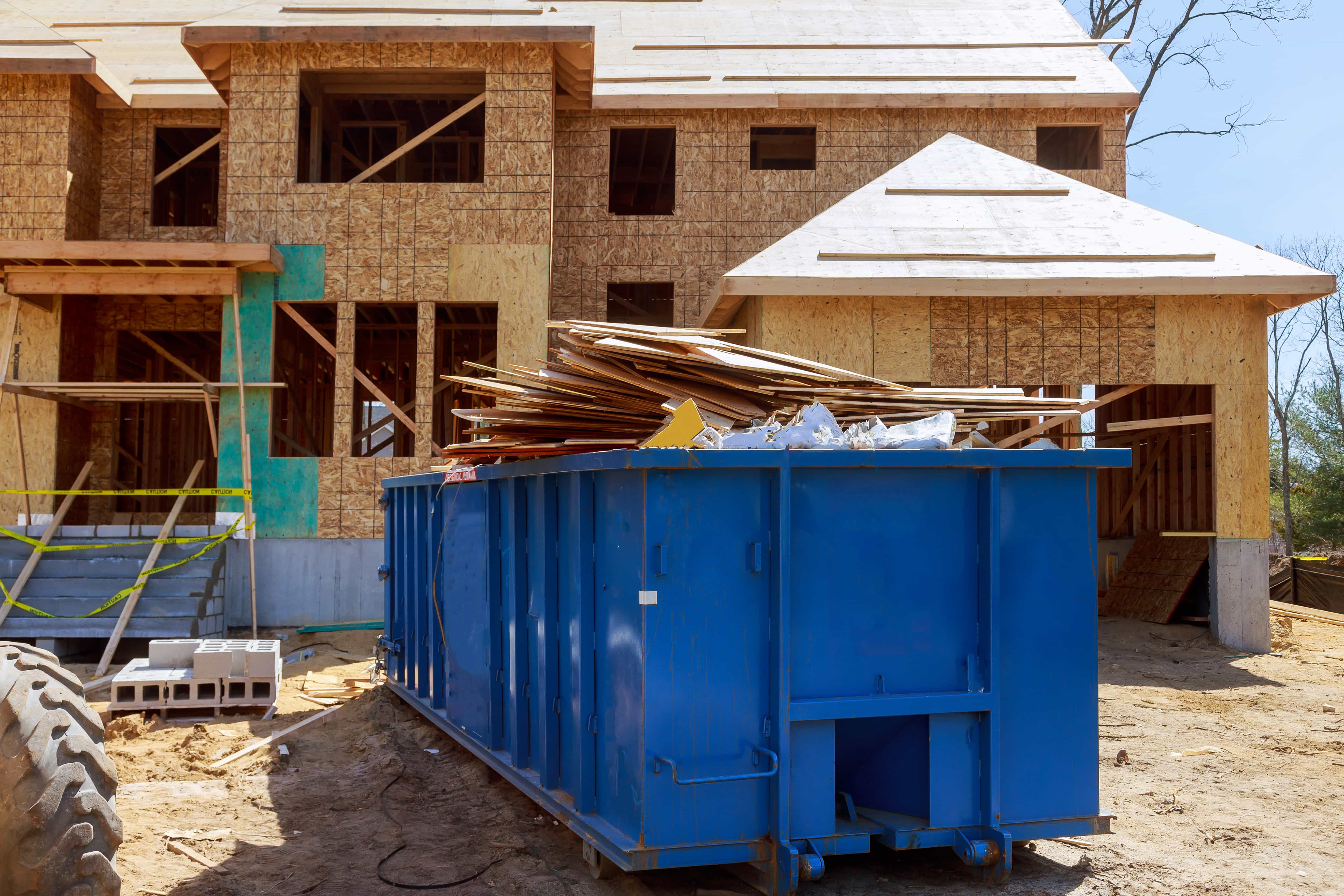West Seattle Insulation Removal
Homeowner’s Issue
West Seattle homes face a mix of challenges that beat up insulation: high autumn–spring rainfall, persistent coastal humidity near Alki and Lincoln Park, older bungalows in Admiral with cramped attics, and low-lying streets with higher seasonal humidity. Attic and crawlspace insulation in this area often gets compressed, damp, or contaminated by roof leaks, pest debris, or attic ventilation problems. In hillier pockets like High Point you’ll see wind-driven moisture; on the flats near Fauntleroy the water table and poor drainage can make crawlspace insulation soggy.
Seattle’s mild winters mean mold can form without extreme cold, and mossy roofs and clogged gutters are common sources of attic moisture. Older insulation (pre-1980) may be degraded or contaminated; we recommend testing if you suspect vermiculite or other legacy products. Homeowners also face HOA expectations for clean, well-maintained exteriors and Seattle disposal rules—so removal, containment, and eco-friendly disposal matter. We plan work around the wet season and prioritize drying, ventilation fixes, and sustainable disposal to keep your house healthy and energy-efficient.
Our Quality Service
We remove attic and crawlspace insulation with containment, HEPA-filtered vacuums, and negative-pressure setups to keep dust out of living spaces. Techs wear PPE and follow safe, sustainable handling—no herbicides, no shortcuts. Typical day jobs (average single-family attic) finish in one day; larger houses or crawlspaces may take two.
Local insight built into our approach: we schedule major removals in drier spells when possible, check attic venting and roof runoff before re-insulating, and factor steep roof/attic access on Admiral‑area craftsman homes into time estimates. We recycle where accepted, use transfer-station disposal when required, and can coordinate testing or licensed abatement referrals if contaminants are suspected. Benefits: safer indoor air, better heating/cooling performance, and long-term, low-maintenance results.
What’s Included
- Onsite inspection and written estimate.
- Containment setup and HEPA vacuum removal of old insulation.
- Debris haul-away and eco-conscious disposal per Seattle regulations.
- Final clean and visual inspection for moisture, pests, and air leaks.
- Post-service notes and recommendations.
Options / Upgrades:
- Air‑sealing (gap and rim-joist sealing) for improved efficiency.
- Replacement options using sustainable materials (cellulose, recycled denim).
- Mold assessment and coordination with remediation pros.
- Haul-away vs. transfer-station drop-off (we’ll advise cheapest/greenest route).
Before & After / Expectations
Work is dusty and noisy for a short period. Expect attic access cleared, a containment area, and a vacuum rig on site. Most single-attic jobs finish in a day; allow extra time for ventilation fixes or replacement insulation. We’ll leave the work area broom-clean and report any roof or structural issues found.
West Seattle care tips after removal: replace insulation in a dry window (late spring–summer if possible), fix gutter and roof leaks first, and check attic vents after heavy storms. Monitor for moss/roof debris and keep gutters clear—these are common triggers of repeat moisture. We do not use herbicides as part of any service.
FAQs
Q: How long will removal take?
A: Most standard attics are cleared in one day; larger homes or crawlspaces can take two. We confirm timelines in the estimate.
Q: Do you test for asbestos or vermiculite?
A: We can arrange or recommend third‑party testing. If abatement is needed, we’ll coordinate with licensed specialists.
Q: Will my house get dusty?
A: Minimal dust when containment and HEPA vacuuming are used properly. We seal openings and run negative pressure to keep dust out of living areas.
Q: How do you dispose of removed insulation?
A: We follow Seattle disposal rules—recycle eligible materials, otherwise transfer-station disposal. We avoid landfill where practical.
Q: When’s the best time for replacement?
A: Late spring to early fall—drier weather reduces risk of trapping moisture in new insulation.
Call to Action
If you own a home in West Seattle and want a safe, sustainable insulation removal or attic cleanup, email neatandtidyseattle@gmail.com for a fast local estimate. We serve Alki, Admiral, Fauntleroy, and nearby neighborhoods with practical scheduling and clear, upfront pricing. Book a site visit and get a realistic plan that keeps rain, moss, and damp air out of your house.










